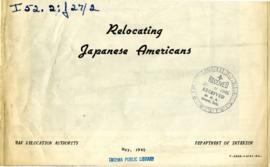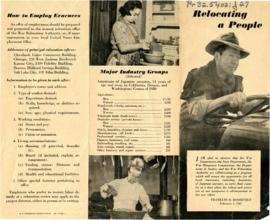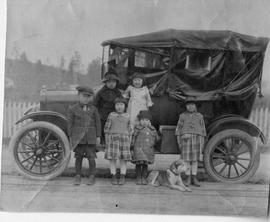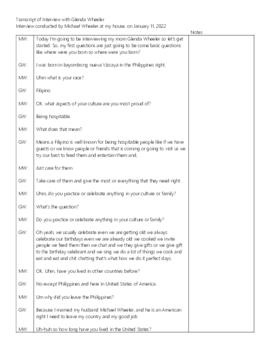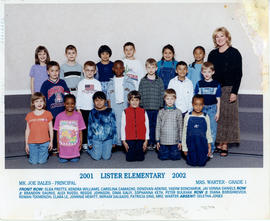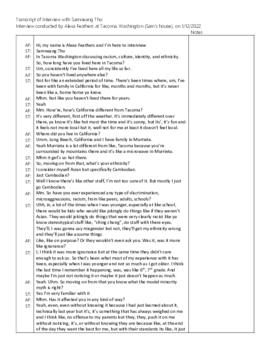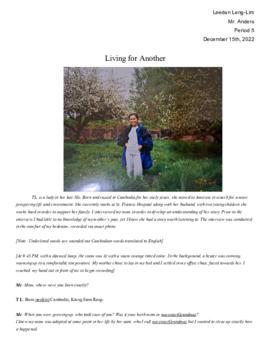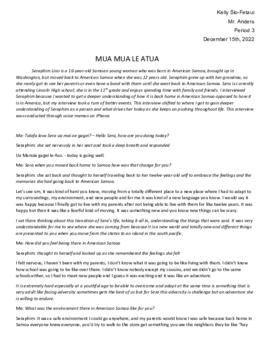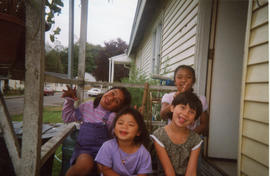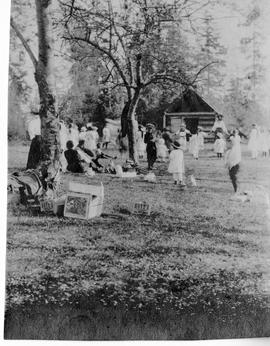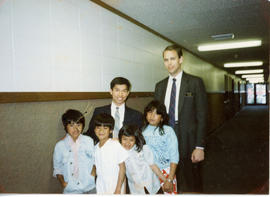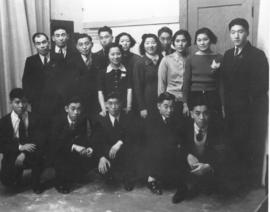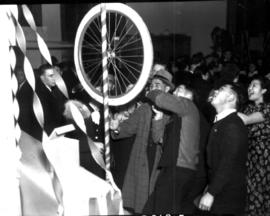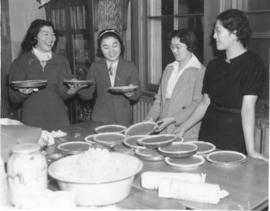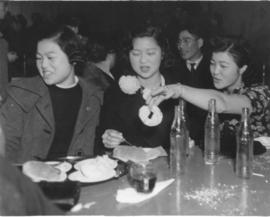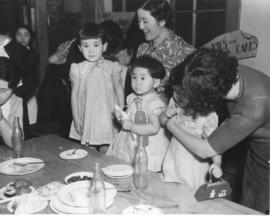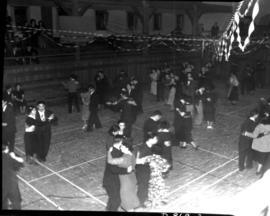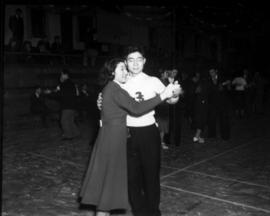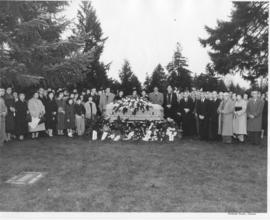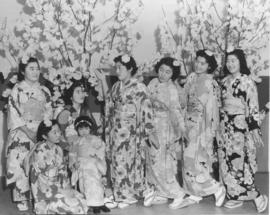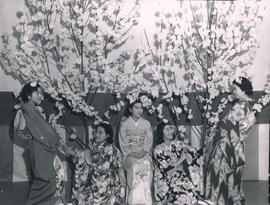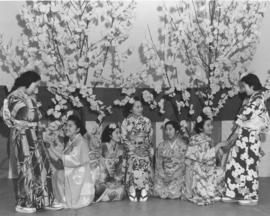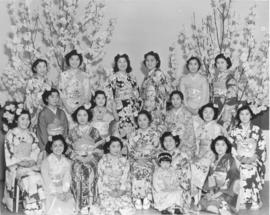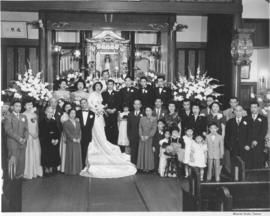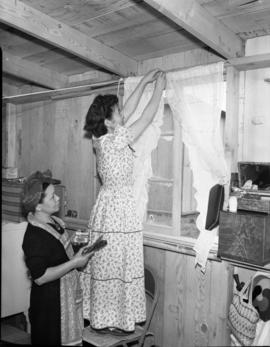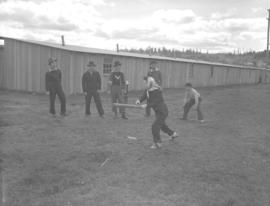Mrs. Mito Kashiwagi and her mother-in-law, Mrs. Y. Kashiwagi, decorate a window in the barracks at "Camp Harmony" with sheer curtains in this photograph from May, 1942. In the Spring of 1942, more than 100,000 residents of Japanese ancestry from WA., OR., CA. , AZ. and AK. were forcibly rounded up and sent to internment camps. The hastily erected "Camp Harmony" in Puyallup served as a temporary assembly center, where 7,000 residents from the Seattle and Tacoma area waited while more permanent detention centers were erected. They lived in makeshift barracks, where each family was assigned one room, approximately 18 x 20, with a heating stove, bare light bulb and one window. The barracks had no running water. They shared communal showers, one for each 250 detainees, and toilets. The interns set about making these green wood boxes a home. Wood was scrounged to make furniture, curtains were sewn and hung at the windows, and drawings and pictures from calendars were tacked to the walls. (T. Times 4/30/1942, pg. 9)
Camp Harmony (Puyallup); Relocation camps--Puyallup; World War, 1939-1945--Relocation camps; Japanese Americans--Evacuation & relocation, 1942-1945; Kashiwagi, Mito--Family;
